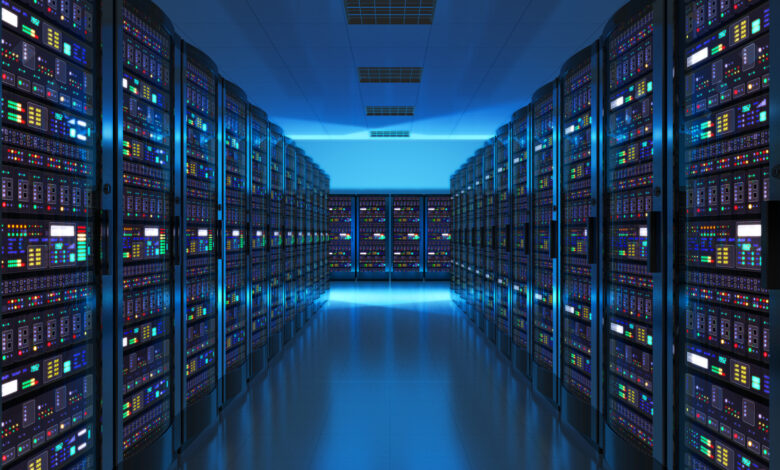What Is Clustering in Computers?

With the technology boom over the last few years, there are now computers in 92% of American homes.
Even though so many people are using computers every day, the average person knows very little about how they work. Even fewer know about concepts like clustering.
Keep reading to learn more about computer clustering.
What Is a Computer Cluster?
Understanding a computer cluster requires knowing some of the basic terms from computers 101.
Usually, you have one computer monitor connected to one processor performing one task (at least). When you’ve got a cluster, it means multiple computers are connected through local area networks, and they’re all working together on the same task.
Each computer in the cluster is called a “node”. The nodes still have their own operating systems and, if removed from the cluster, would function as independent computers.
By working together, the cluster can support bigger software or middleware like databases. This is something a single node wouldn’t be able to do.
This all means that computer clustering is helpful when you’re conducting high-performance computing (HPC). Click to learn more on HPC basic training.
Benefits of Cluster Computing
Computer clustering works so well for HPC because it has a few benefits. These benefits are high availability and resilience, load balancing, and improved performance.
High Availability
When computing with a cluster of nodes, it means there is more support if something goes wrong. With a single computer, if it crashes, then the entire system is offline until the problem can be resolved.
But with a cluster, one node going offline does not impact the whole network. Other nodes are able to continue operating while the disrupted node is fixed.
Load Balancing
This refers to the even distribution of a task. If one computer is trying to process one enormous task, it will take a long time to complete it.
But when you’re able to distribute that task over a cluster, then each node has a smaller amount to process. This optimizes the time taken to complete processing.
Scaling
There is no set amount of nodes in a cluster of computers. You can add new resources, new equipment, and new computers or nodes to your cluster at any point.
Improved Performance
Having the combination of high availability, load balancing, and the option of scaling in a computing cluster leads to improved performance.
A cluster can process high-performance tasks because it’s got the evenly distributed resources to manage it. The high availability means the processes won’t get interrupted, and the load balancing means performance is optimized, so it’ll happen more efficiently.
The ability to scale your cluster helps keep your performance optimized as the task itself might get more complex.
Using Computer Clustering
Now that you understand what clustering is, you have a clearer idea of how these clusters are vital to supporting databases.
You might use this knowledge to change operations or simply follow the conversation when the IT team is explaining a problem. Either way, you now have a better understanding of computers than the average person.
If you enjoyed this article, check out our blog for more content!





